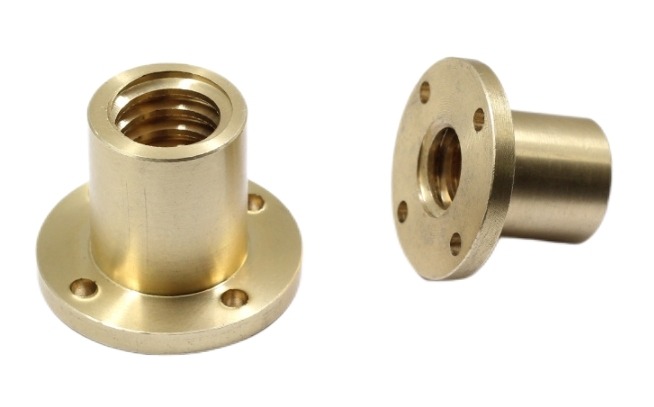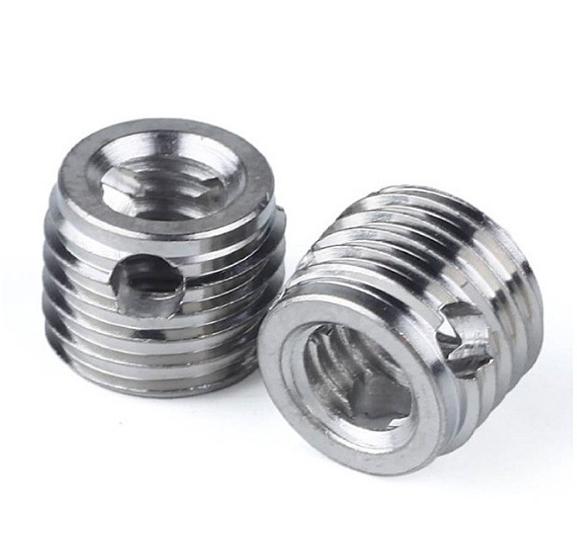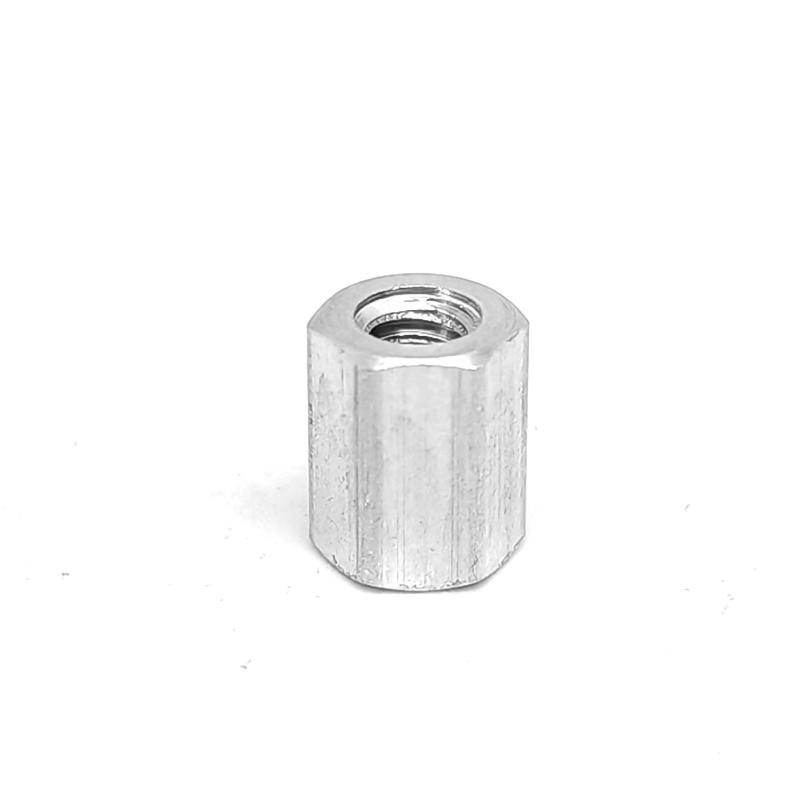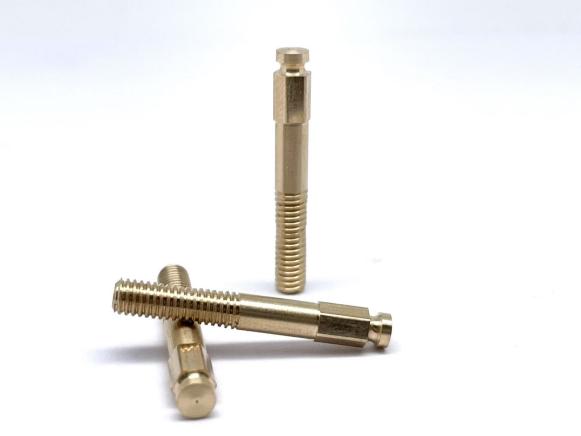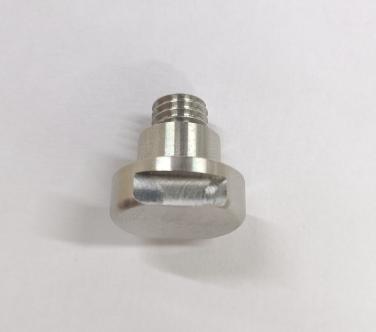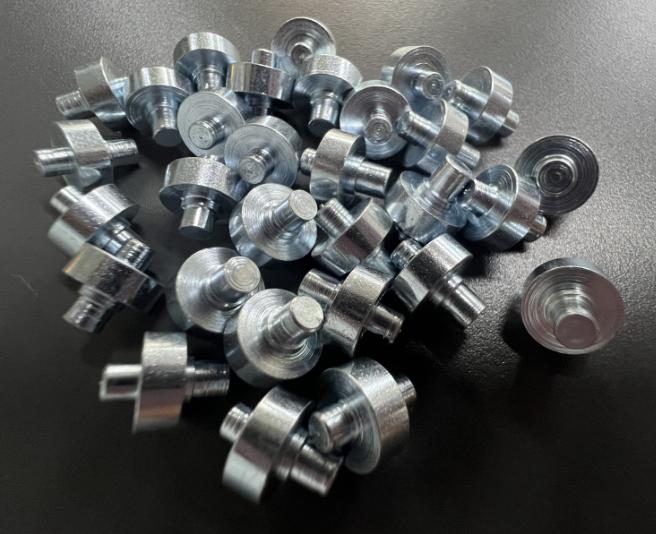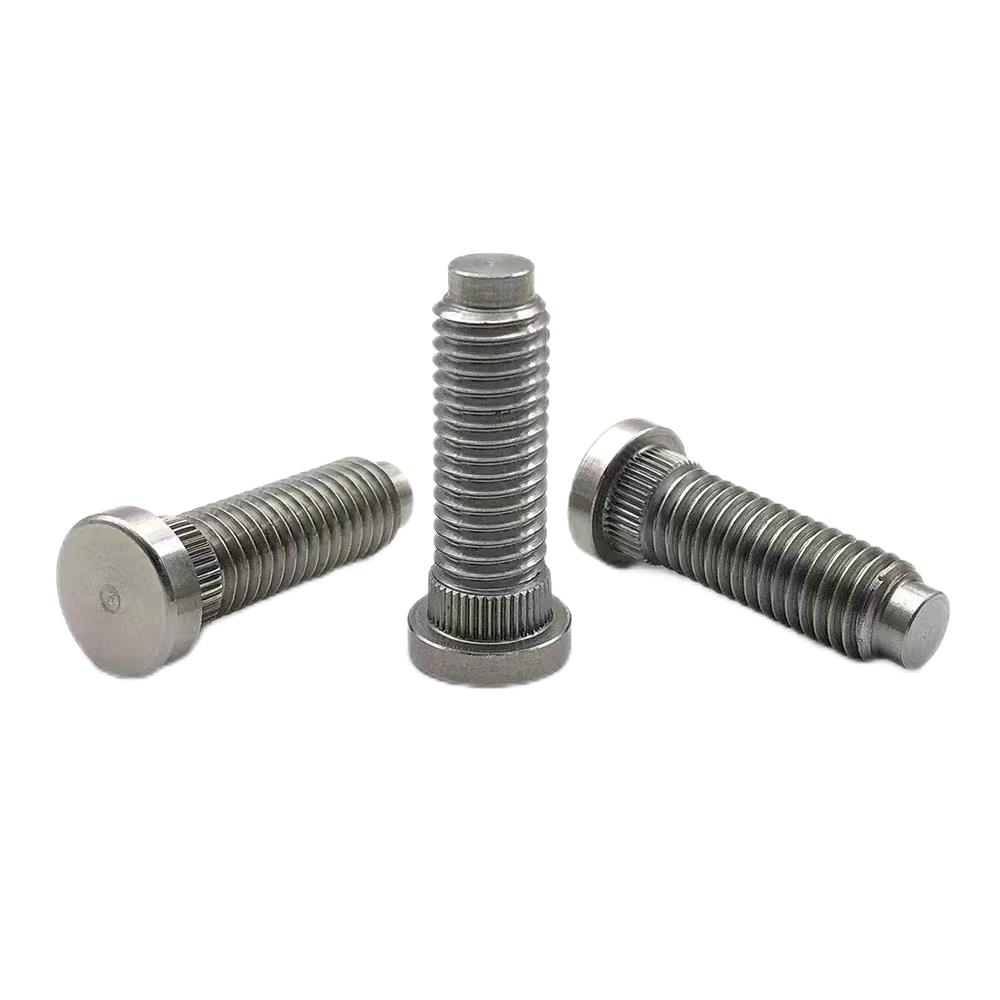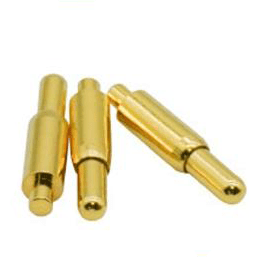CNC Milling for High-Precision Micro-Machining and Nano-Machining
Micro-machining and nano-machining, both utilizing CNC milling techniques, represent cutting-edge methodologies in the field of precision engineering. These processes are pivotal in the production of miniature components with intricate details, finding applications across diverse sectors from electronics to healthcare and beyond.
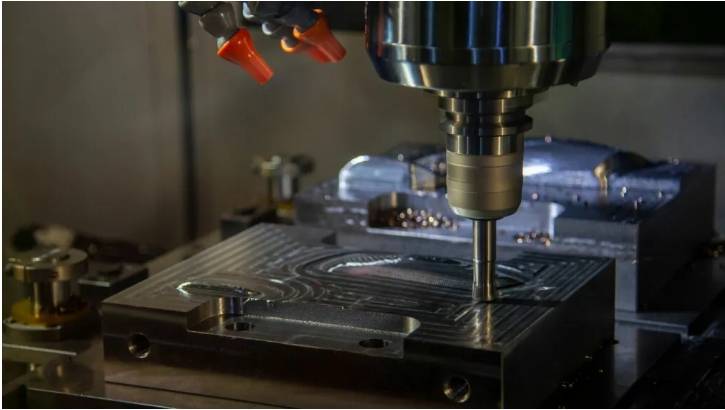
The Role of CNC Milling Techniques in Micro-Machining and Nano-Machining
Micro-machining and nano-machining refer to the fabrication of components with feature sizes ranging from micrometers to nanometers, respectively. These processes involve the removal of material from a workpiece to create intricate shapes and precise dimensions. Compared to traditional machining methods, micro and nano-machining require specialized equipment, cutting tools, and techniques due to the extremely small scales involved.
CNC milling, a subtractive manufacturing process, has emerged as a cornerstone in the realm of micro and nano-scale fabrication. CNC milling utilizes computer-controlled rotary cutting tools to remove material from a workpiece, following programmed instructions to achieve precise shapes and dimensions. The versatility of CNC milling allows for complex geometries to be produced with high repeatability and accuracy, making it an ideal choice for micro and nano-scale machining.
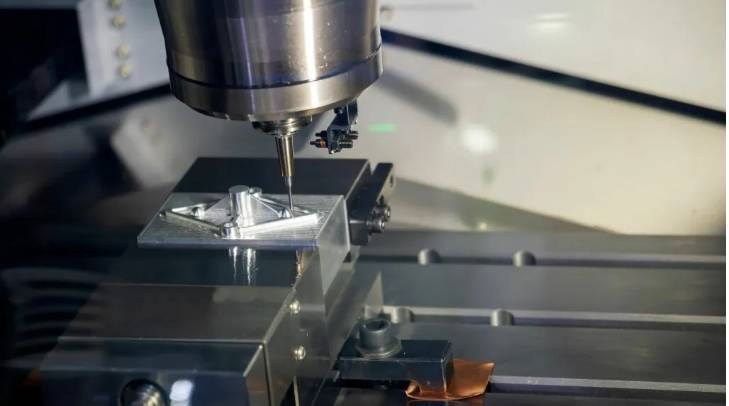
Challenges in Micro-Machining and Nano-Machining Using CNC Milling
Micro-machining and nano-machining using CNC milling techniques present unique challenges due to the intricacies involved at such small scales. These challenges can significantly impact the quality, efficiency, and cost-effectiveness of the machining process.
1. Tool Wear and Breakage
Cutting tools experience accelerated wear and are prone to breakage when operating at micro and nano scales. The high cutting forces, contact stresses, and temperature gradients exacerbate tool degradation, necessitating frequent tool changes and increasing production costs.
2. Chip Management
Efficient chip evacuation becomes increasingly difficult as the size of the chips diminishes. Micro and nano-sized chips tend to adhere to the workpiece or cutting tool, leading to chip recutting, poor surface finish, and tool damage. Effective chip management strategies are essential to maintain machining accuracy and prolong tool life.
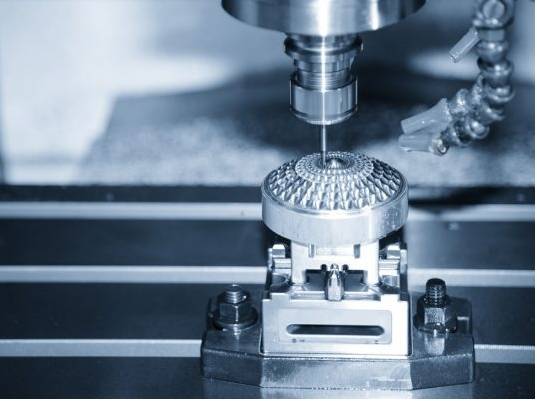
3. Machining Dynamics
Vibration, chatter, and tool deflection are amplified in micro and nano-machining due to the reduced stiffness of the workpiece and cutting tool. These dynamic instabilities compromise surface finish, dimensional accuracy, and tool life, necessitating the use of damping techniques, stable fixturing, and advanced control algorithms to mitigate their effects.
4. Material Behavior
Materials exhibit different mechanical properties at micro and nano scales, leading to challenges such as work hardening, material deformation, and unpredictable chip formation. Understanding and controlling these material behaviors are crucial to achieving desired machining outcomes without compromising component integrity.
5. Surface Finish and Dimensional Accuracy
Achieving the required surface finish and dimensional accuracy becomes increasingly challenging as feature sizes shrink. Factors such as tool runout, cutting edge sharpness, and machining parameters have a significant impact on surface roughness, form error, and dimensional tolerance, necessitating precise control and optimization of machining conditions.
6. Thermal Effects
Heat generation during machining can adversely affect dimensional accuracy, material properties, and tool life, especially at micro and nano scales where heat dissipation is limited. Thermal management strategies, such as cryogenic cooling, minimum quantity lubrication, and localized heating/cooling, are employed to mitigate thermal effects and maintain machining stability.
7. Metrology and Inspection
Traditional metrology techniques may not be suitable for inspecting micro and nano-scale features due to their limited resolution and sensitivity. Non-contact, high-resolution metrology methods, such as scanning electron microscopy (SEM), atomic force microscopy (AFM), and optical profilometry, are utilized for accurate measurement and inspection of miniature components.
8. Process Optimization
Optimizing machining parameters, tool geometries, and cutting strategies for micro and nano-machining is complex due to the interplay of various factors and constraints. Advanced simulation tools, experimental design methodologies, and process modeling techniques are employed to systematically identify optimal machining conditions and enhance process efficiency.
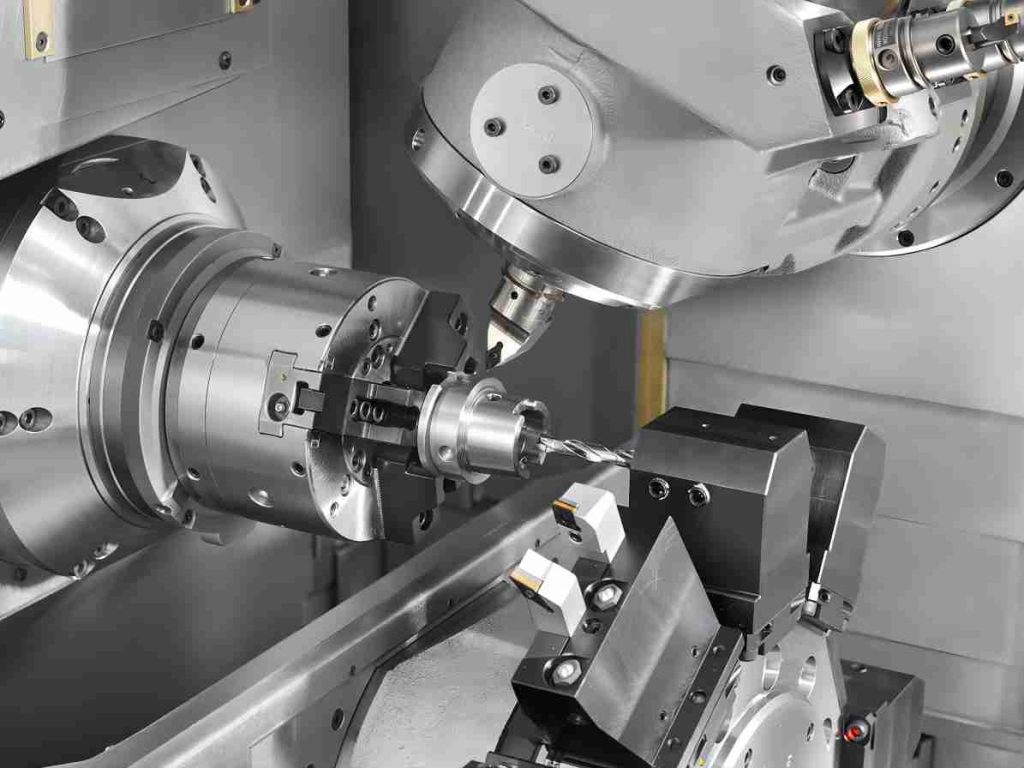
Advancements in CNC Milling Techniques for Micro–Machining and Nano-Machining
Recent advancements in CNC milling have addressed many of the challenges associated with micro and nano-machining
1. Ultra-Precision Tooling
The development of ultra-small end mills, micro drills, and specialized cutting inserts with nanoscale geometries and coatings has significantly enhanced machining capabilities. These tools exhibit exceptional sharpness, wear resistance, and edge retention, enabling precise material removal and intricate feature generation at micro and nano scales.
2. High-Speed Spindles
Integration of high-speed spindles capable of reaching tens of thousands of RPM has become commonplace in micro and nano-machining setups. These spindles provide the necessary cutting speeds to accommodate the reduced feed rates and chip loads required for small-scale machining, while also minimizing vibration and tool deflection for improved machining accuracy and surface finish.
3. Advanced Control Systems
Modern CNC milling machines are equipped with advanced control systems that incorporate real-time monitoring, adaptive control algorithms, and predictive analytics. These systems optimize machining parameters such as cutting speed, feed rate, and tool path dynamically, based on feedback from sensors and machine data, to maximize machining efficiency and ensure consistent quality.
4. Multi-Axis Machining
Multi-axis CNC milling machines with rotary and tilting axes offer enhanced versatility and flexibility in micro and nano-machining applications. By enabling complex geometries to be machined in a single setup, these machines reduce setup time, improve accuracy, and minimize error accumulation, particularly for intricate components with 3D features.
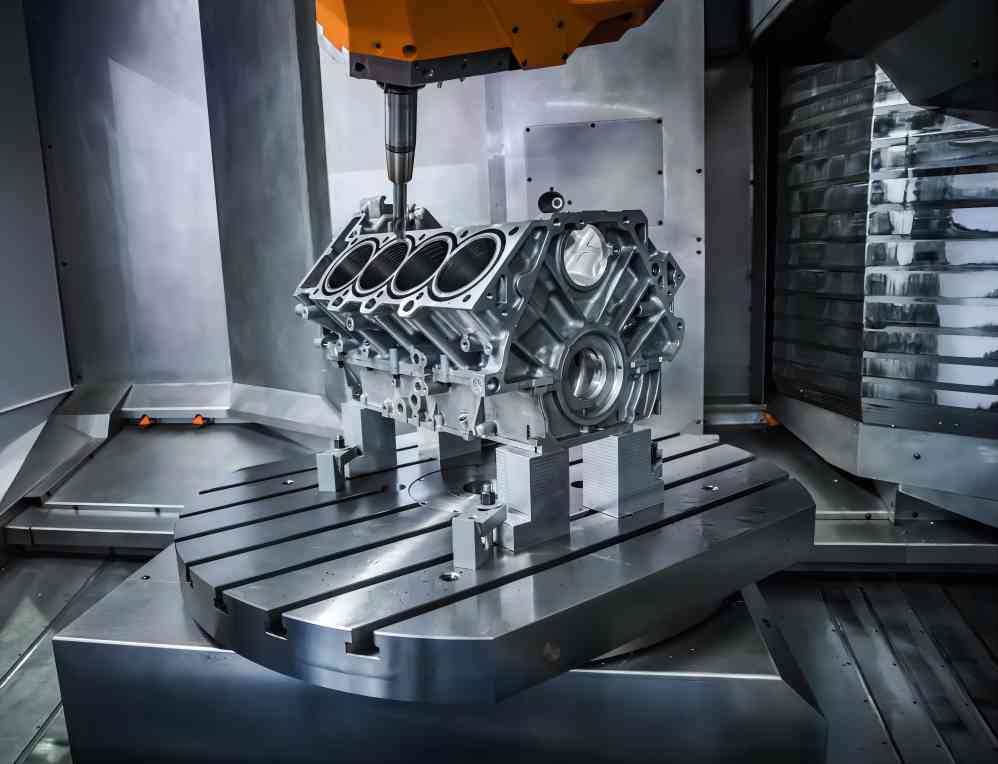
5. In-Situ Metrology
The integration of in-situ measurement devices and non-contact metrology systems allows for real-time inspection and quality assurance during the machining process. High-resolution sensors, laser scanners, and optical profilometers provide accurate feedback on part dimensions, surface finish, and feature integrity, enabling immediate adjustments and corrections to optimize machining outcomes.
6. Microfluidic Cooling and Lubrication
Microfluidic cooling and lubrication systems deliver precise amounts of coolant and lubricant directly to the cutting zone, effectively dissipating heat, reducing friction, and flushing away chips. These systems improve tool life, surface finish, and dimensional accuracy, while also minimizing environmental impact and waste generation compared to traditional flood cooling methods.
7. Material-Specific Machining Strategies
Tailored machining strategies for specific materials, such as metals, ceramics, and composites, have been developed to optimize cutting conditions and overcome material-related challenges in micro and nano-machining. These strategies leverage cutting edge research in material science, tribology, and machining dynamics to achieve superior performance and reliability.
8. Automation and Robotics
The integration of automation and robotics into CNC machining processes streamlines production workflows, enhances process consistency, and reduces operator dependence. Robotic systems equipped with advanced end-effectors and vision systems handle workpiece loading, tool changing, and quality inspection tasks with speed and precision, enabling continuous operation and lights-out manufacturing capabilities.
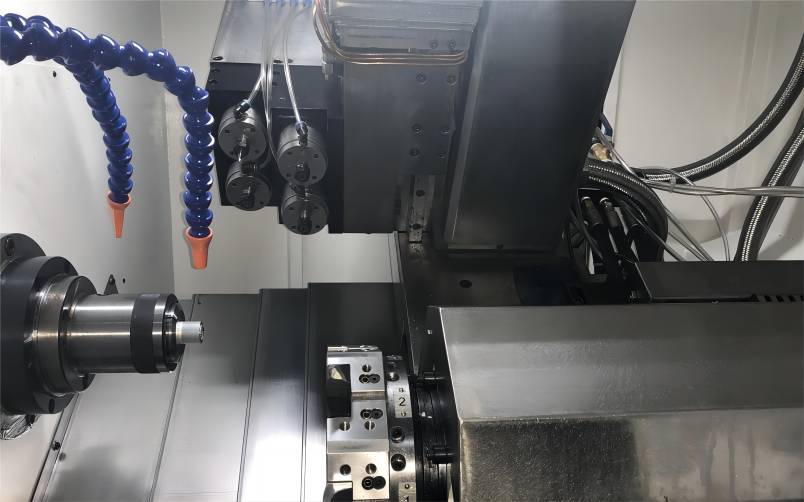
Applications of Micro-Machining and Nano-Machining Using CNC Milling Techniques
1. Electronics
- Microelectromechanical Systems (MEMS): Micro-machining is essential for fabricating MEMS devices such as accelerometers, gyroscopes, and pressure sensors used in smartphones, automotive systems, and consumer electronics.
- Semiconductor Components: Nano-machining is employed in the manufacturing of semiconductor components like integrated circuits (ICs), transistors, and microchips, where submicron-level features are critical for device performance and functionality.
2. Medical Devices
- Surgical Instruments: Micro-machining techniques are used to manufacture miniature surgical instruments, endoscopes, and catheters with intricate geometries and biocompatible materials for minimally invasive surgeries.
- Implants and Prosthetics: Nano-machining is utilized in the production of orthopedic implants, dental implants, and prosthetic devices with customized shapes and surface textures to optimize biocompatibility and patient comfort.
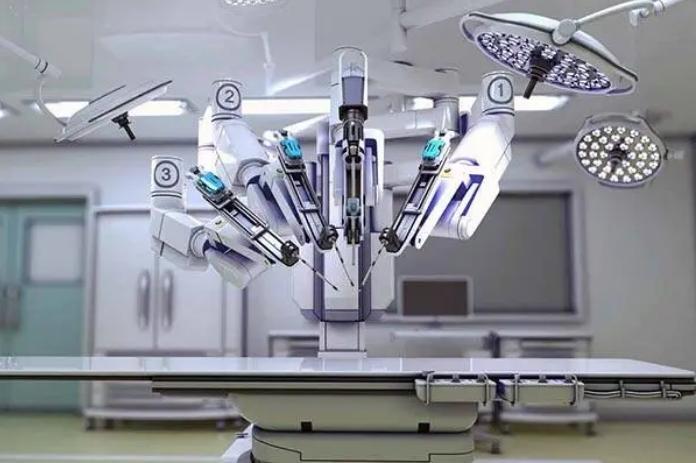
3. Optics and Photonics
- Micro Lenses and Optical Components: Micro-machining enables the fabrication of micro lenses, diffraction gratings, and optical filters used in imaging systems, laser scanners, and telecommunications equipment for precise light manipulation and control.
- Microfluidic Devices: Nano-machining is employed to create microfluidic channels, waveguides, and photonic structures for lab-on-a-chip devices used in biomedical research, chemical analysis, and environmental monitoring.
4. Aerospace and Defense
- Miniature Components: Micro-machining is crucial for producing miniature components such as gears, bearings, and actuators used in aerospace and defense applications, including satellites, UAVs, and guided munitions.
- Micropropulsion Systems: Nano-machining techniques are utilized in the fabrication of microthrusters, microvalves, and microcombustors for propulsion systems in nanosatellites and microsatellites, enabling precise maneuverability and control in space.
5. Microfluidics and Lab-on-a-Chip
- Microchannels and Microvalves: Micro-machining is employed to create intricate microchannels, microvalves, and micropumps in lab-on-a-chip devices for precise fluid manipulation, mixing, and analysis in biochemical assays and medical diagnostics.
- Biomedical Applications: Nano-machining enables the fabrication of nanofluidic channels and nanopores for DNA sequencing, drug delivery, and single-cell analysis, facilitating advances in personalized medicine and biomedical research.
6. Precision Mechanics
- Watchmaking and Jewelry: Micro-machining techniques are utilized in the production of precision components for mechanical watches, clocks, and high-end jewelry, where intricate detailing and fine finishes are essential for aesthetic and functional purposes.
- Microgear Manufacturing: Nano-machining is employed in the fabrication of microgears, microactuators, and microtransmissions used in microelectromechanical systems (MEMS), robotics, and precision machinery.
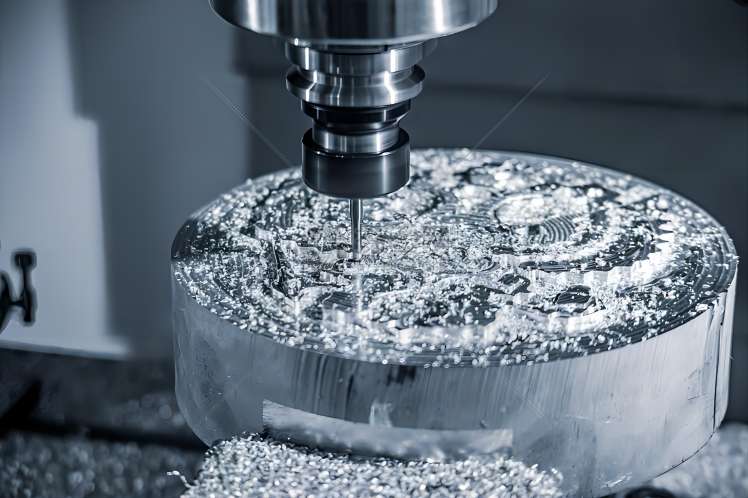
Conclusion
Micro and nano-machining using CNC milling techniques represent a frontier of precision manufacturing, enabling the production of miniature CNC components with unprecedented accuracy and complexity. Despite the inherent challenges, advancements in tooling, spindle technology, control systems, and metrology have propelled these processes to new heights, opening up a myriad of opportunities across various industries.

